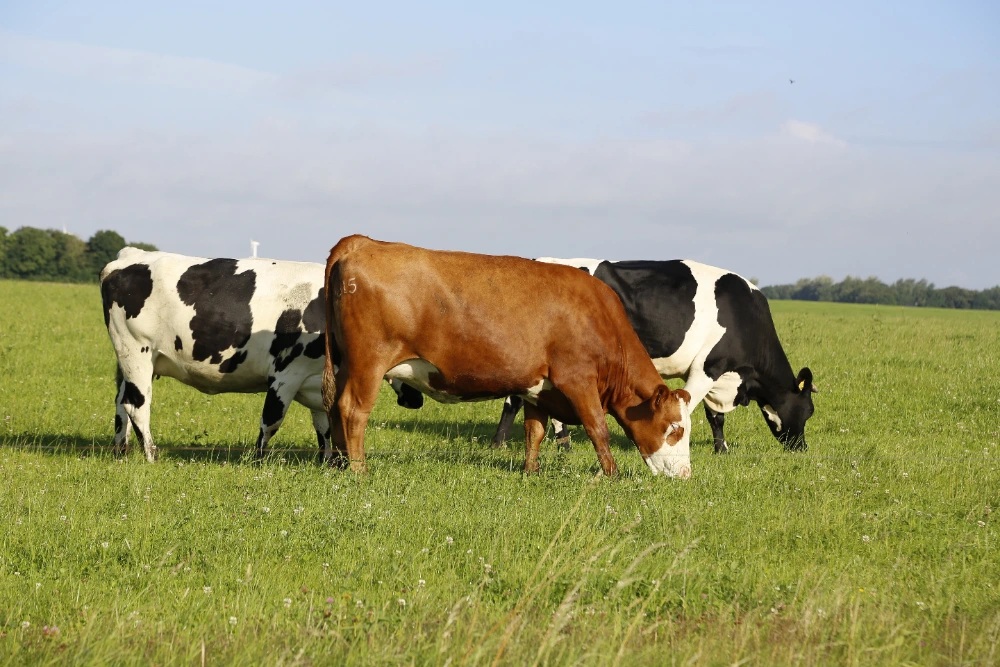
Did you know that almost every part of a cow can be used? Not just the meat, bones, or internal organs, but even cow skin has many uses. In general, cow skin is often turned into non-consumable products like bags, shoes, or wallets. However, in the culinary world, cow skin is also a popular food ingredient.
Cow skin-based dishes, such as crispy cow skin crackers or sambal goreng krecek, have long been part of Indonesia’s culinary heritage. But before it can be processed into a delicious dish, there’s an important step to do: cleaning the cow skin. In this article, we’ll explain how to clean cow skin so that it’s safe for consumption, from the beginning to ready to be turned into various delicious recipes.
How to Clean Cow Skin for Safe Consumption
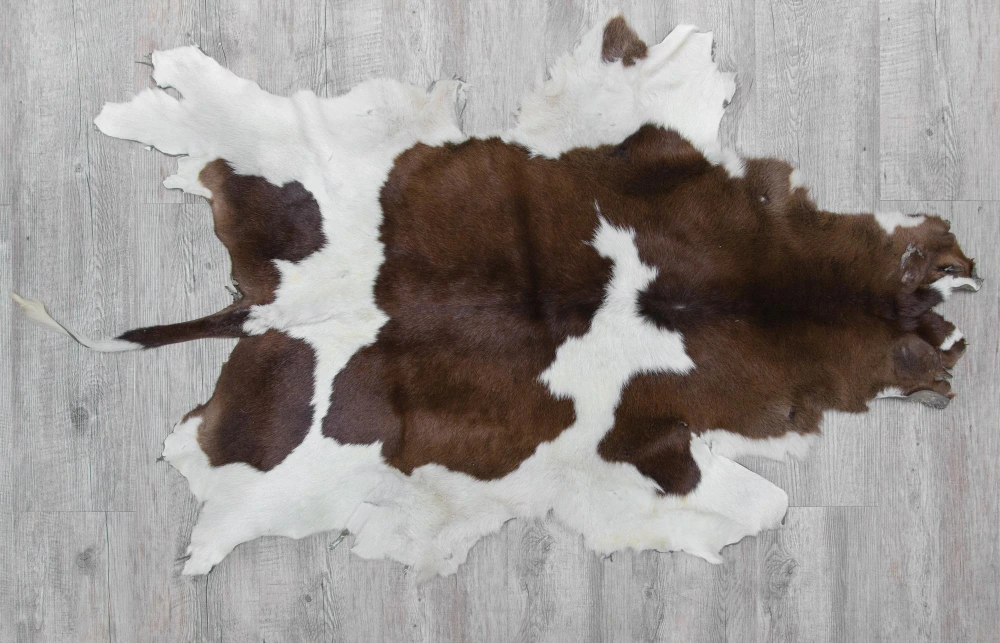
Unprocessed cow skin often still contains dirt, hair, and residual fat that need to be cleaned first. Proper cleaning not only improves the quality of your dish but also ensures the food’s hygiene.
Here’s how to clean cow skin until it’s perfectly clean, odor-free, and safe for consumption:
1. Removing Hair and Dirt
The first step in cleaning cow skin is to remove the hair and dirt attached to it. Use a sharp knife or a special tool to shave the cow’s hair. Be sure to do this carefully to avoid damaging the skin. Afterward, rinse the cow skin under running water to remove any dust and dirt.
2. Soaking Process
Once the hair is removed, soak the cow skin in clean water for a few hours. This will help soften the skin and make the removal of fat easier. If the skin feels tough, add a bit of salt to the soaking water to assist with softening.
3. Removing Residual Fat
The fat stuck to the bottom of the skin should be removed to prevent any unpleasant odors in the final dish. Use a knife to gently scrape off the fat. Be careful not to go too deep so the texture of the skin remains intact.
4. Boiling
The next step is to boil the cow skin. Boil the cow skin in boiling water for 1-2 hours to kill any bacteria and eliminate any bad odors. During the boiling process, you can add bay leaves, lemongrass, or ginger to give the cow skin a fresh aroma.
5. Drying
After boiling, the cow skin needs to be dried before further processing. Dry the skin by laying it out under direct sunlight. Ensure that it’s completely dry to preserve it for a long time and prevent it from spoiling.
Read More : Beef Vs. Buffalo Meat: Which One is Better for You?
Turning Cow Skin into Delicious Dishes
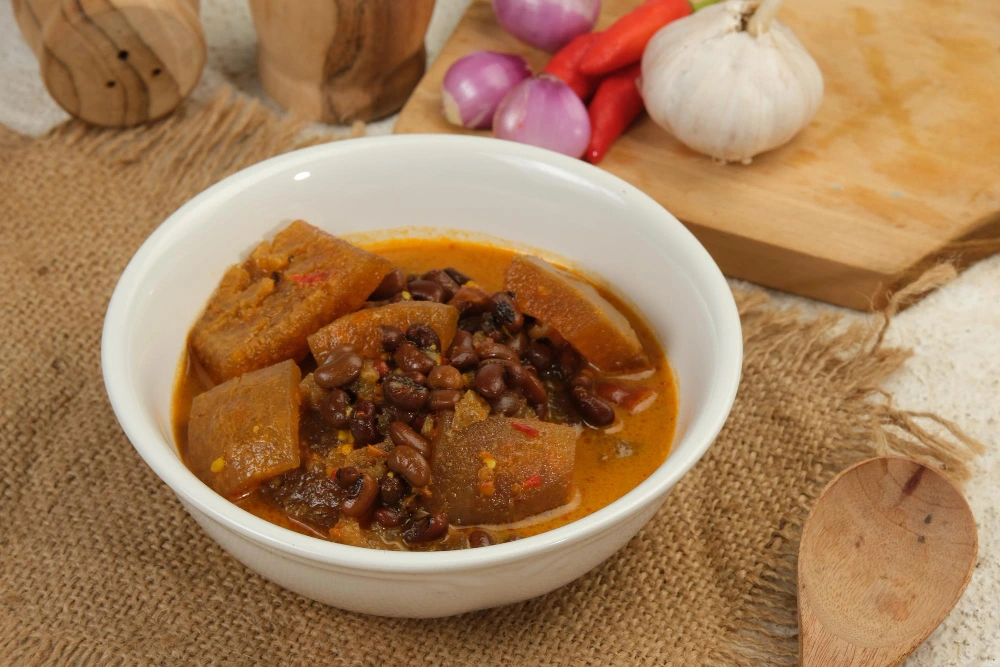
Once the cow skin is cleaned, it’s time to get creative! Cow skin can be turned into a variety of dishes. From snacks like crispy cow skin crackers that are crunchy and addictive, to satay kerecek that’s chewy and flavorful. You can also make sambal goreng kerecek to complement the famous Gudeg from Yogyakarta, or a rich gulai kikil.
Cook Cow Skin with FiberCreme
Now that you know how to clean cow skin, you’ll be more excited to turn it into tasty dishes, right? To make your dishes even creamier and healthier, try adding FiberCreme to your spices or sauce!
FiberCreme provides the same creamy sensation as coconut milk but with the added benefits of high fiber, low sugar, and 0mg cholesterol. This means you can enjoy the health benefits of fiber while savoring your favorite cow skin dish. How great is that?
So, why not experiment with clean cow skin and FiberCreme? Get more exciting recipe inspiration at @FiberCreme_TV and channel YouTube Ellenka.

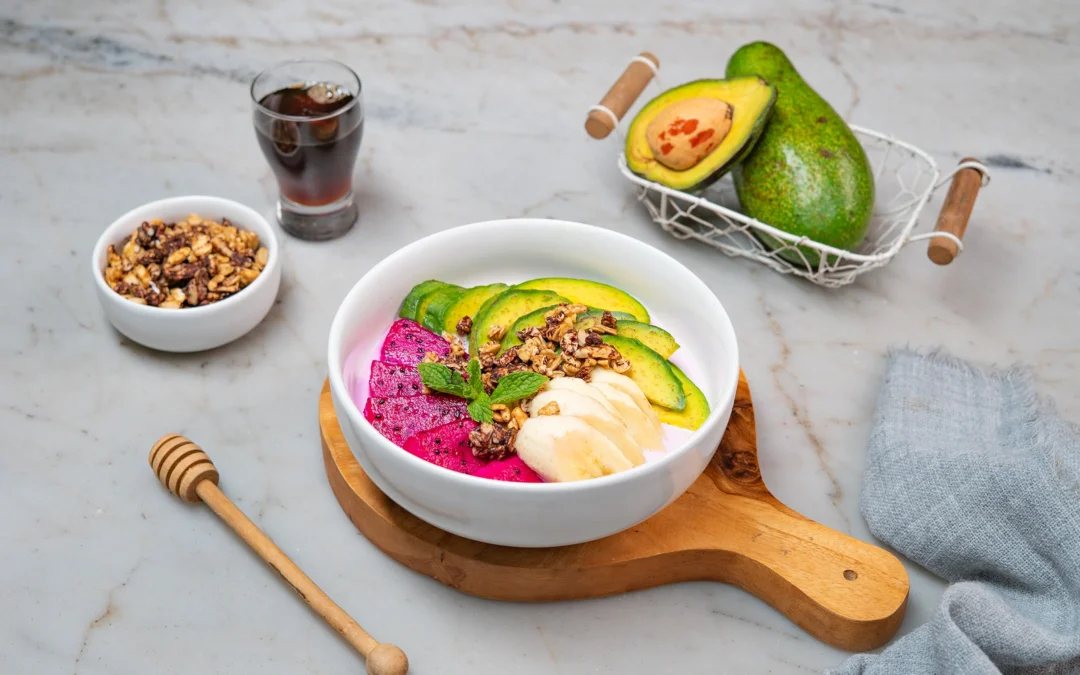
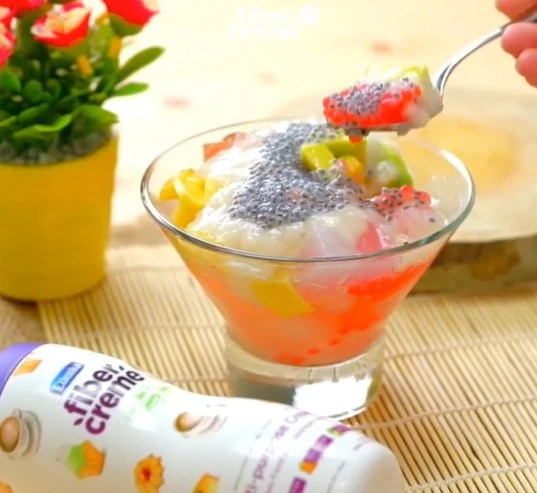
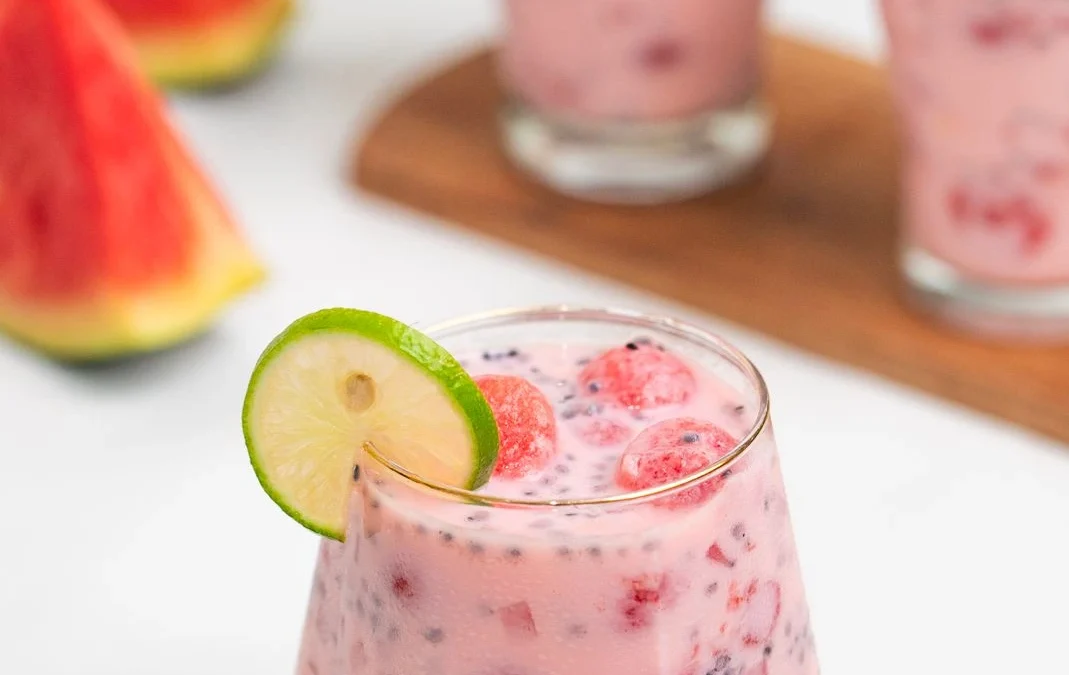
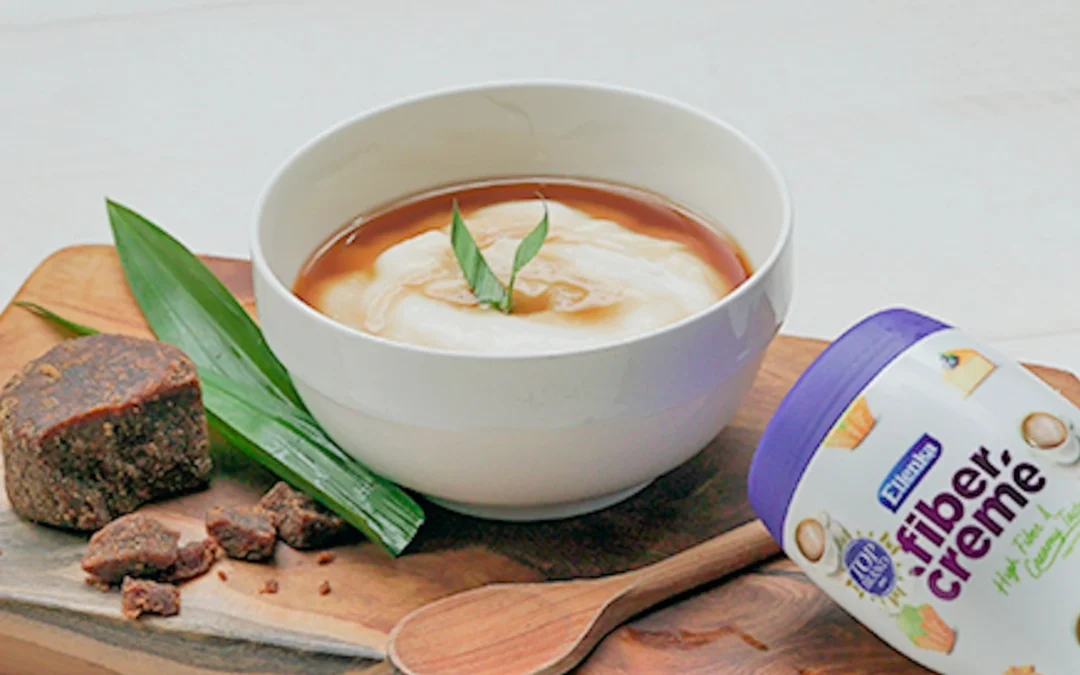
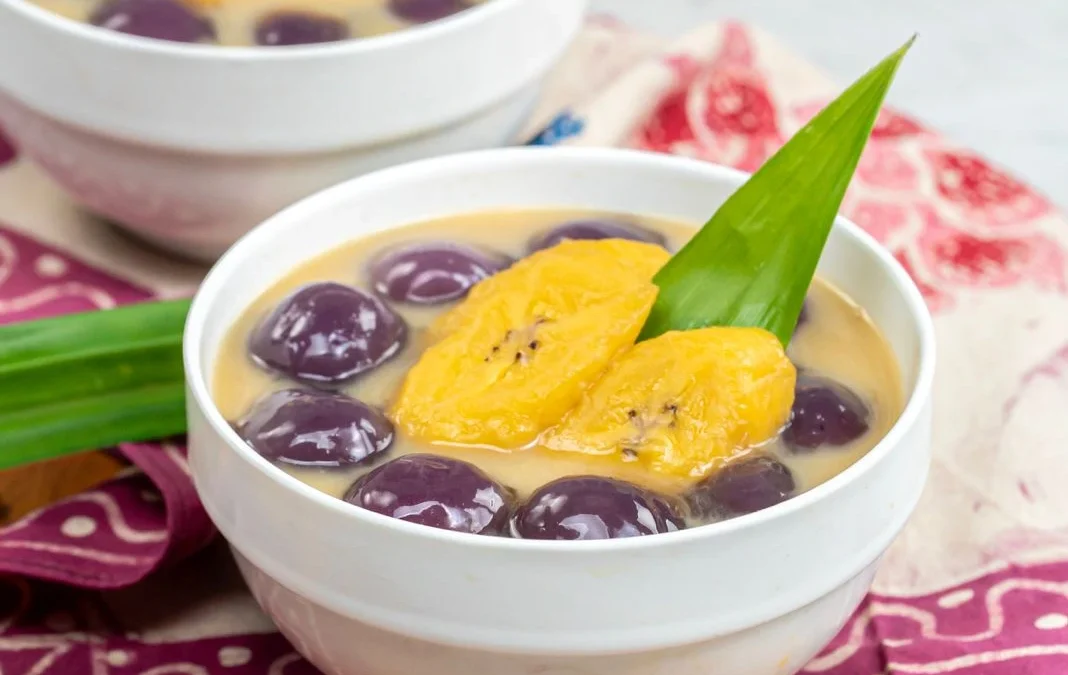
0 Comments